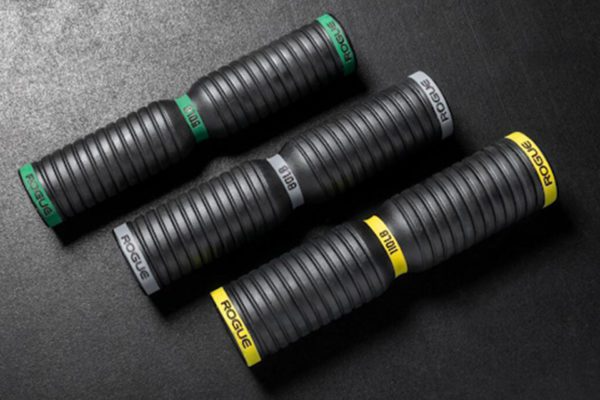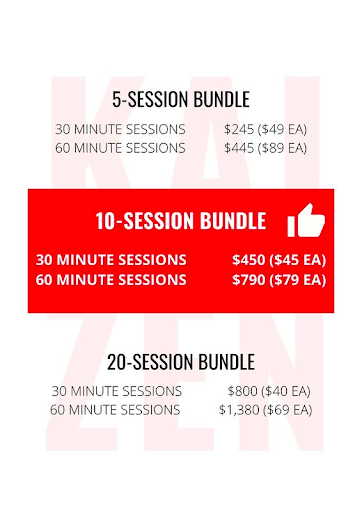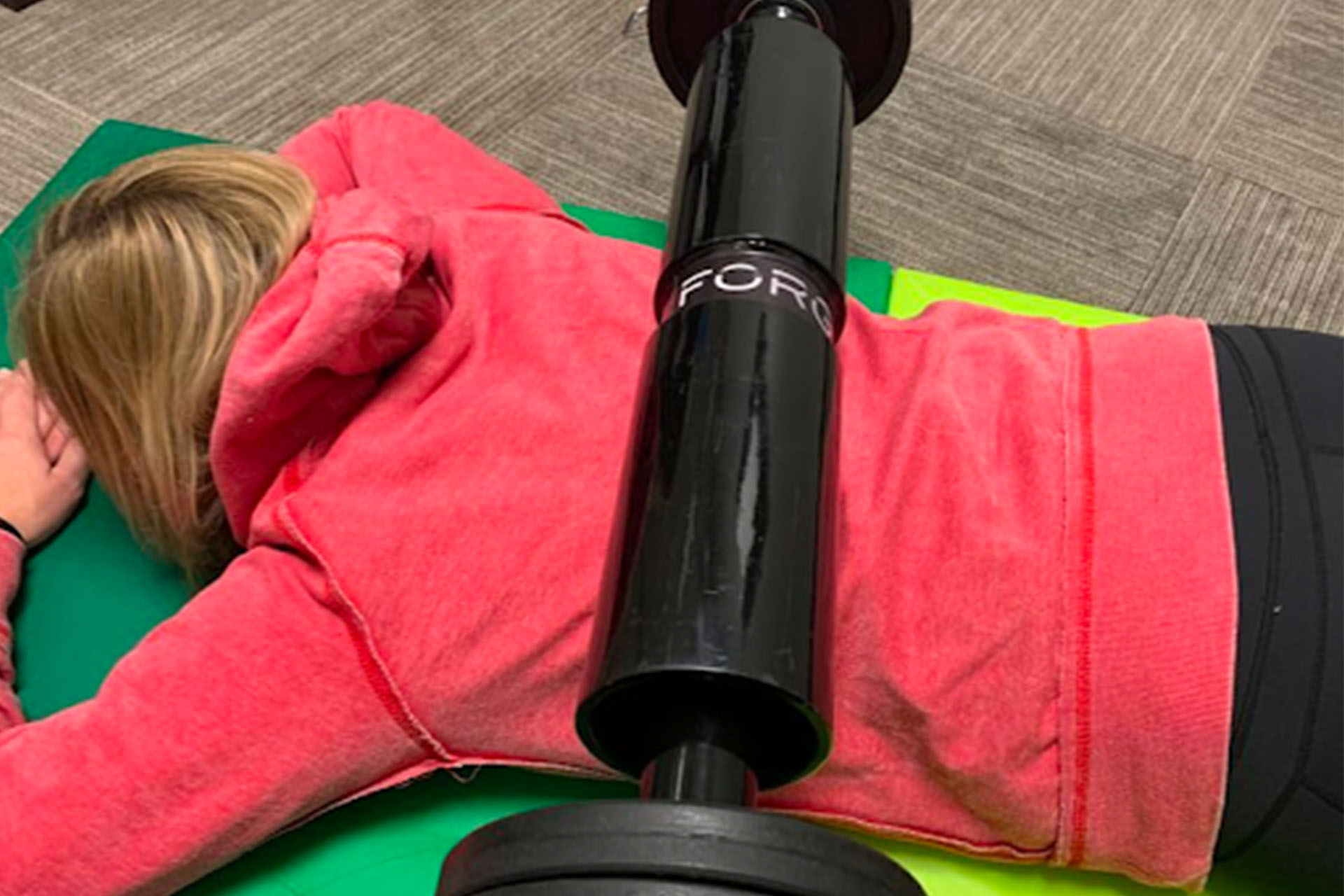What is Body Tempering?
|
Body tempering (BT), a form of soft tissue mobilization developed by Donnie Thompson in 2014, is performed by placing heavily weighted cylinders across muscles, tendons, ligaments and fascia. As a result, this can help prepare the muscle for activity and improve muscle recovery. Think of it as foam rolling on steroids. Now, I’m sure there are many that will read this and argue that foam rolling is a waste of time but there is quite a bit of research that supports the use of foam rolling to help create temporary improvement in mobility. Because the results people see from foam rolling are temporary and don’t create long-term changes, many will say that we should stop using this modality in our training. However, we can use these temporary changes to our advantage as a part of a bigger mobility plan. |
Does it work?
I wouldn’t be writing this if it didn’t 😉 Just like foam rolling and scraping (aka Graston Technique, instrument- assisted soft tissue mobilization or IASTM), BT does a great job of improving mobility. It has quickly become my favorite way of performing soft tissue mobilization, and my patients have loved it. Our patients that have tried BT will also tell you that foam rolling doesn’t even compare to the feeling of BT. When performed properly, body tempering is more intense than foam rolling without being more painful. How do we accomplish more intensity without pain? By utilizing different loads, based on the body part that we are working on, so that the athlete feels significant pressure without being painful. From there, we simply temper that muscle, joint, or area for 1-2 minutes. Because most BT devices are weighted (anywhere from 22 – 200 lbs.), you would think this would be painful, but the large surface area of the cylinders disperses the pressure across the muscle. In contrast, other soft tissue modalities using smaller tools or a therapist’s hands – which have a much smaller surface area – can lead to discomfort and pain. The pec minor is a great example of a muscle where hands-on work is often a bit painful for patients. However, when we temper it for 30 seconds with a larger device, our patients don’t report pain and we are able to quickly notice that the pec minor relaxes and the shoulders drop back. For more information on how body tempering works, check out this article for a detailed description of the proposed mechanisms. 
See item here. Here’s the kicker… The key to BT is that just like any other passive mobility technique we want to follow it up with active movements to help “lock-in” the mobility changes we get. I like to say it’s like hitting the save button. For example, when working on thoracic spine mobility, I may use body tempering by laying a device across a patient’s upper back on various areas for a few minutes. Then we will follow that up with something like a Z-press to strengthen the thoracic spine muscles as a follow-up to the tempering. |
How do I get started with Body Tempering?
|
If body tempering is something you would like to try, we have many different affordable options for you. Choose from 30-minute or 60-minute single sessions, and if you buy five sessions you’ll save even more! 

|
References:
Body Tempering. (2018, November 3). Body Tempering. Direct link
Coop. (2019, February 26). Rogue DT Tempering Roller Review: Body Tempering Device for the Masses. Garage Gym Reviews.
Dunning, J. (2019, April 5). Body Tempering for Myofascial Pain & Performance Enhancement: Proposed Mechanisms. OSTEOPRACTIC.
Long, Z. (2020, April 28). An Intro to Body Tempering. The Barbell Physio.
M&F Editors. (2015, November 2). Body Tempering to Improve Physical Performance. Muscle & Fitness.
Rogue. (2020, December 31). Rogue DT Tempering Roller. Rogue Fitness.



